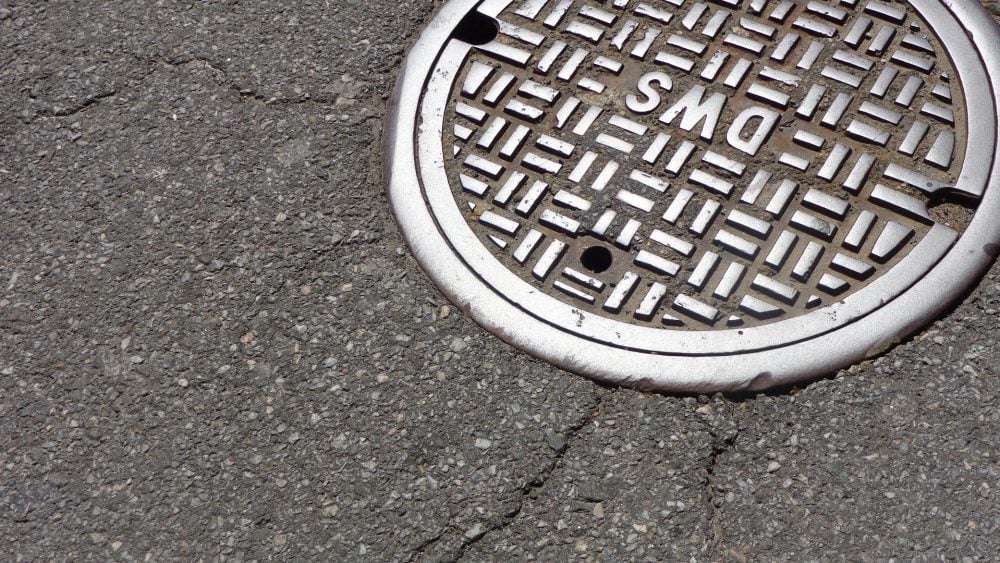OSHA describes ‘confined space’ as a space that is:
- Large enough for an employee to enter fully and perform assigned work;
- Is not designed for continuous occupancy by the employee; and
- Has limited or restricted means of entry or exit.
Examples of confined spaces include, but are not limited to: tunnels, wells, tanks, culverts, and manholes, storage tanks, pipes, silos, and ducts.
Hazards
There are many potential hazards associated with working in a confined space, including but no limited to:
- Poor air quality
- Low visibility
- Fire hazards
- Noise & Vibration
- Electrical hazards
- Temperature extremes
Hazard Assessment
It is vital that prior to entering a confined space, a written hazard assessment is performed. Hazard assessment should include air quality testing, list of required personal protective equipment (PPE), best practices for ventilation, air monitoring, and rescue.
Other Safety Precautions
To work in a confined space, training is required. Ensure that all personnel that enter into a confined space are competent and qualified to do so.
Ensure that all potential hazards have been identified and controlled prior to entering a confined space. Additionally, be certain that proper rescue procedures are documented and prepared.


Comments are closed.